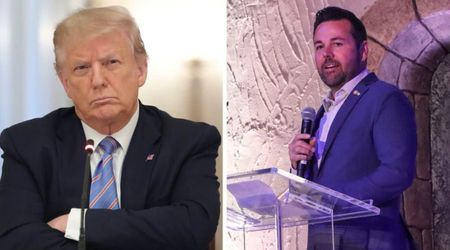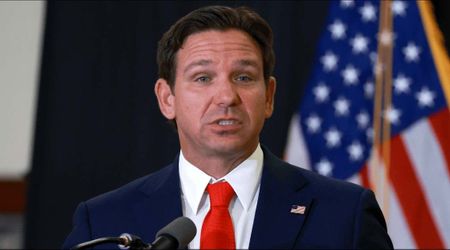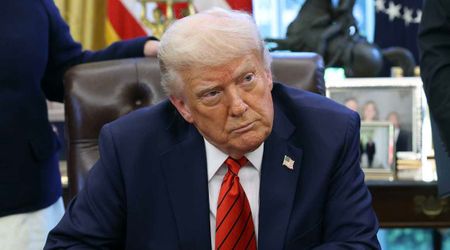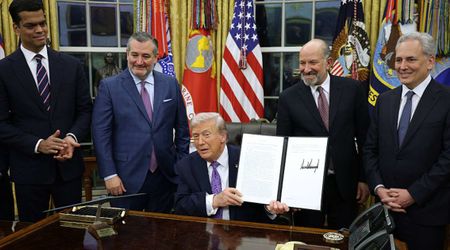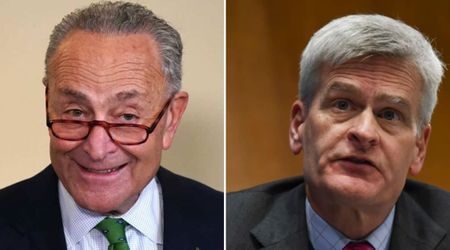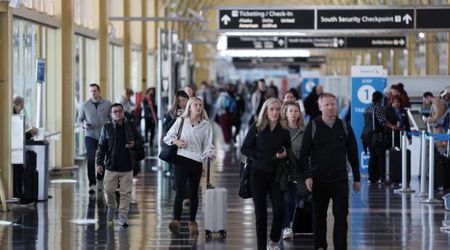Satellite images reveal Iran's buried nuclear sites still intact, experts say only US can destroy them

WASHINGTON, DC: As global tension mounts over President Donald Trump's possible entry into Israel's war with Iran, new satellite imagery reveals that Iran’s nuclear infrastructure remains largely intact after four days of intense airstrikes.
The images, captured on Tuesday, June 17, show only minor damage to the Natanz enrichment facility, located about 186 miles (300 kilometers) south of Tehran, where strikes appear to have hit mainly external power switchyards and transformers.
The findings suggest that any serious attempt to cripple Iran's nuclear program would require a far more aggressive military campaign.
Satellite images show buried nuclear sites in Iran
According to The Mirror US, satellite images have revealed Iran’s hidden and deeply buried nuclear sites, which may be beyond the reach of Israel’s conventional weapons.
Satellite Images Show #Iran's Buried Nuclear Sites That #Trump Could Strike #Israel https://t.co/lxqdOe9izb
— Shadi Alkasim (@Shadi_Alkasim) June 19, 2025
This comes as Trump weighs the possibility of joining Israel in attacking Iran, including a strike on the heavily fortified Fordo uranium enrichment facility.
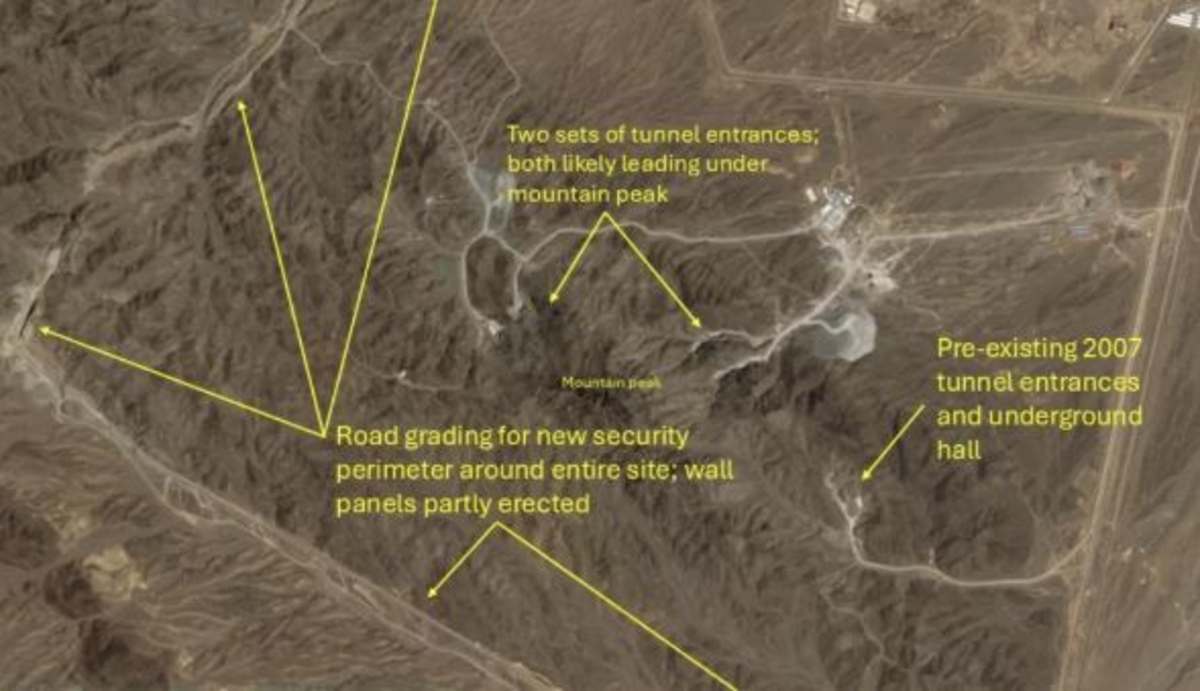
Fordo is located beneath a mountain and is designed to withstand airstrikes. Experts believe that only the US possesses the “bunker-buster” bombs capable of destroying it.
Another major nuclear site is Natanz, located southeast of Tehran. It is Iran’s primary enrichment facility. Experts say that Israeli airstrikes have destroyed much of the above-ground infrastructure at the site.
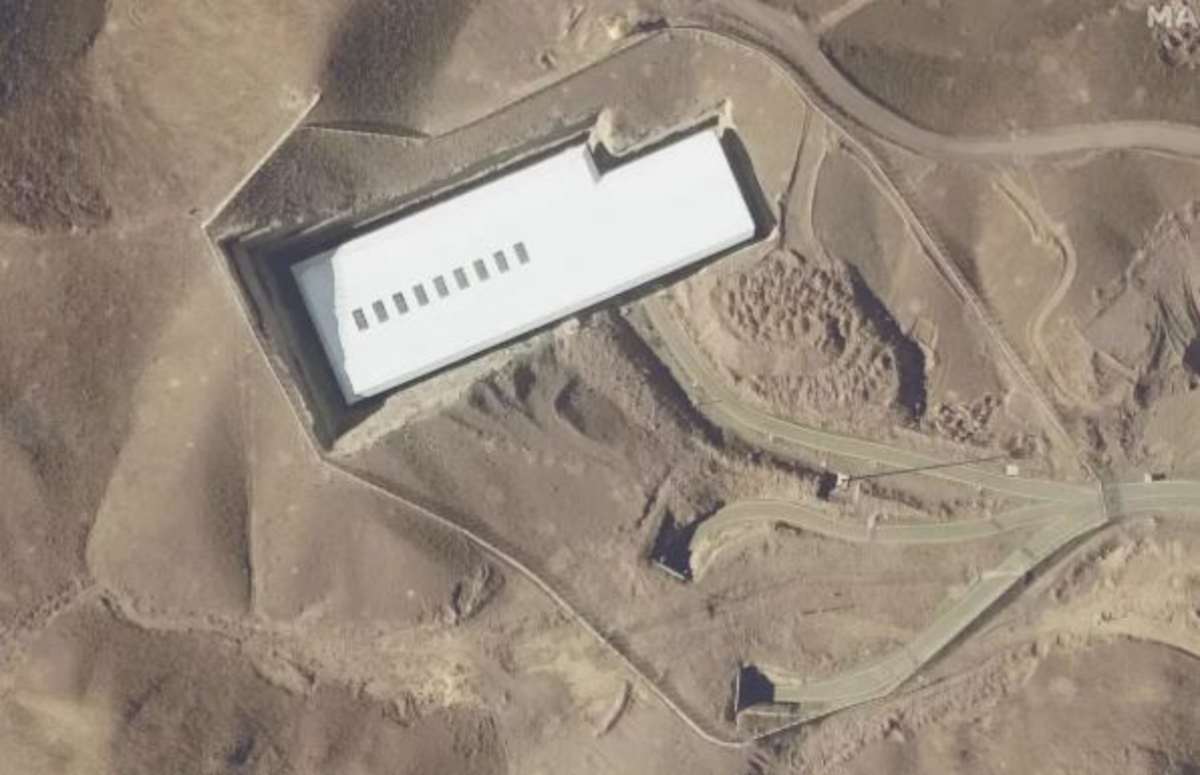
A third, more secretive site is located at Mount Kolang Gaz La near Natanz. This site reportedly contains a tunnel complex built deep within the mountain.
The conflict between Iran and Israel escalated on June 13 when Israel launched a series of airstrikes on Tehran. These strikes killed senior Iranian military officers and nuclear scientists, and targeted both missile and nuclear facilities.
In response, Iran launched missile attacks on Israel just hours later, raising fears that the conflict could spread and spark a wider war in the Middle East.
April satellite images show Iran building a security barrier at a mountain hiding a tunnel network
In April, satellite images from the Institute for Science and International Security showed Iran constructing a large security barrier at the base of a mountain believed to house a hidden tunnel network.
The Institute suggested this development may indicate the tunnels are close to becoming operational. The presence of the new fence also suggests that Iran is concerned about the possibility of unauthorized access to the facility.
It remains unclear whether the fence would be effective against a well-equipped enemy. So far, Iran has not allowed UN nuclear inspectors to examine the tunnel complexes.
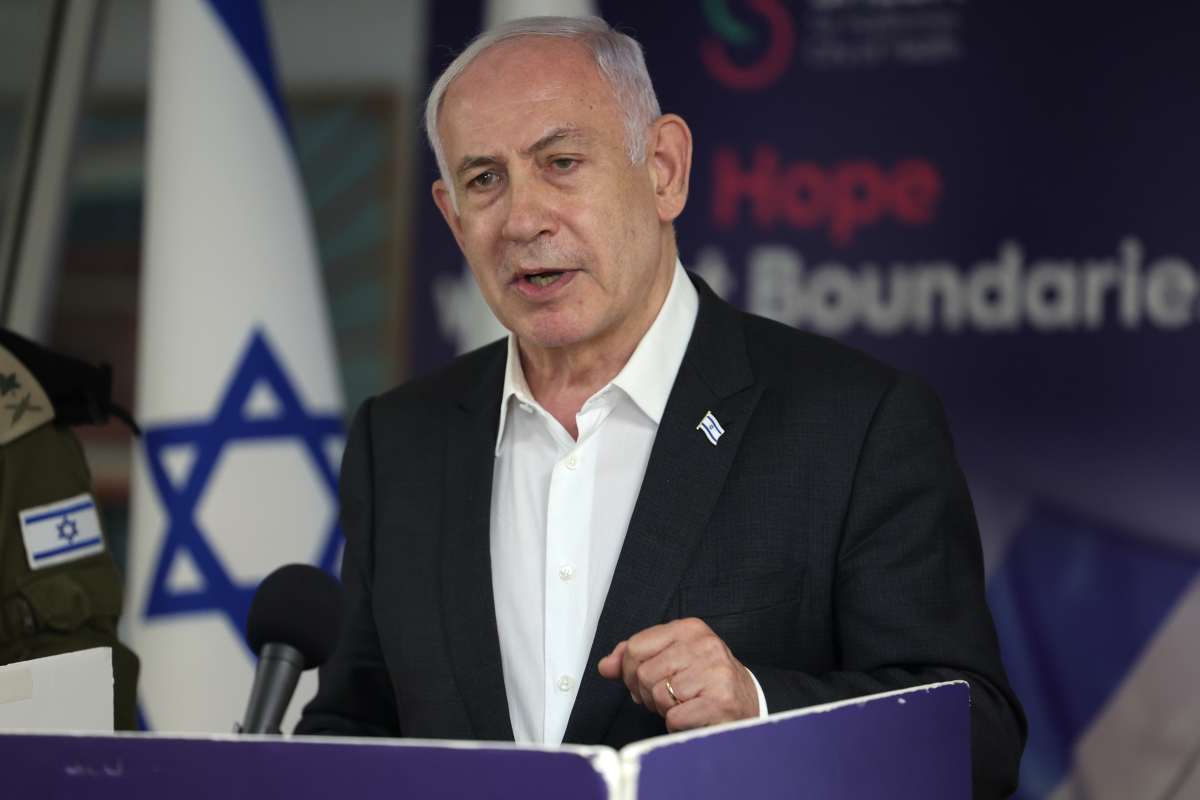
Israeli Prime Minister Benjamin Netanyahu defended the recent strikes, stating they were necessary to prevent Iran from developing nuclear weapons.
However, Iranian Foreign Minister Abbas Araghchi accused Netanyahu of launching the attacks to sabotage upcoming nuclear talks between Iran and the United States.
When will Donald Trump decide whether to join hands with Israel?
.@PressSec announced that President Donald Trump will make a decision about whether or not to strike Iran within the next two weeks. pic.twitter.com/Vuz1DKpYE8
— Fox News (@FoxNews) June 19, 2025
On Thursday, White House press secretary Karoline Leavitt said President Donald Trump will decide within the next two weeks whether the US will join Israel in its conflict with Iran.
During a White House briefing, Leavitt conveyed Trump’s message: “I have a message directly from the president, and I quote, 'Based on the fact that there's a substantial chance of negotiations that may or may not take place with Iran in the near future, I will make my decision whether or not to go within the next two weeks.'"
She added, “He's been very clear. Iran went for 60 days when he gave them that 60-day warning without coming to the table. On day 61, Israel took action against Iran. And as I just told you from the president directly, he will make a decision within two weeks in."



